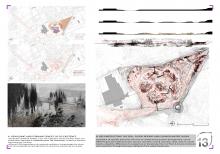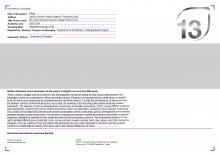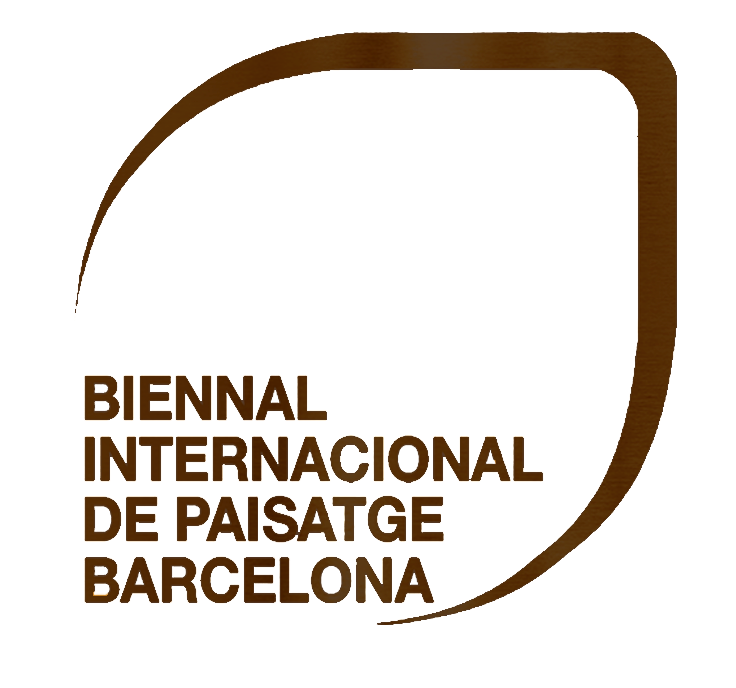


“Plexis” seeks to engage with the condition of the Anthropocene, where the natural and the human-made elements are entangled in continuous interactions, without distinct boundaries. Flooding is not approached as a destructive or vengeful force, but rather as an opportunity for interweavings and symbiotic relations. Through the reconstruction of the ground and the strategic insertion of elements along the river’s edge, the rewilding of the site using native plants enhances wetland biodiversity. The capacity of water to generate flows, movements, and spatial connections, “knots”, across different locations and temporalities, enables the torrent to reclaim its presence within the urban fabric, activating a new reciprocal relationship. The creation of two islets which are left for the torrent’s ecosystem to thrive undisturbed, aims to remediate the environmental problems caused by gray infrastructure. The process of creating the proposal’s models as a tribute to the torrent’s sculptural properties, highlights its potential to form, shape the earth and the ecosystems around it. The embroidered model [p1/3 top right] indicates different ground materials: rocks, porous concrete, reused concrete, sand, clay, gravel, which form barriers or passages. The wax model [p1/3 top and bottom left] approaches the way water separates or connects, and the cardoard model [p 1/3 middle left] the relation of the plexis site to the historical Walled city of Volos.








